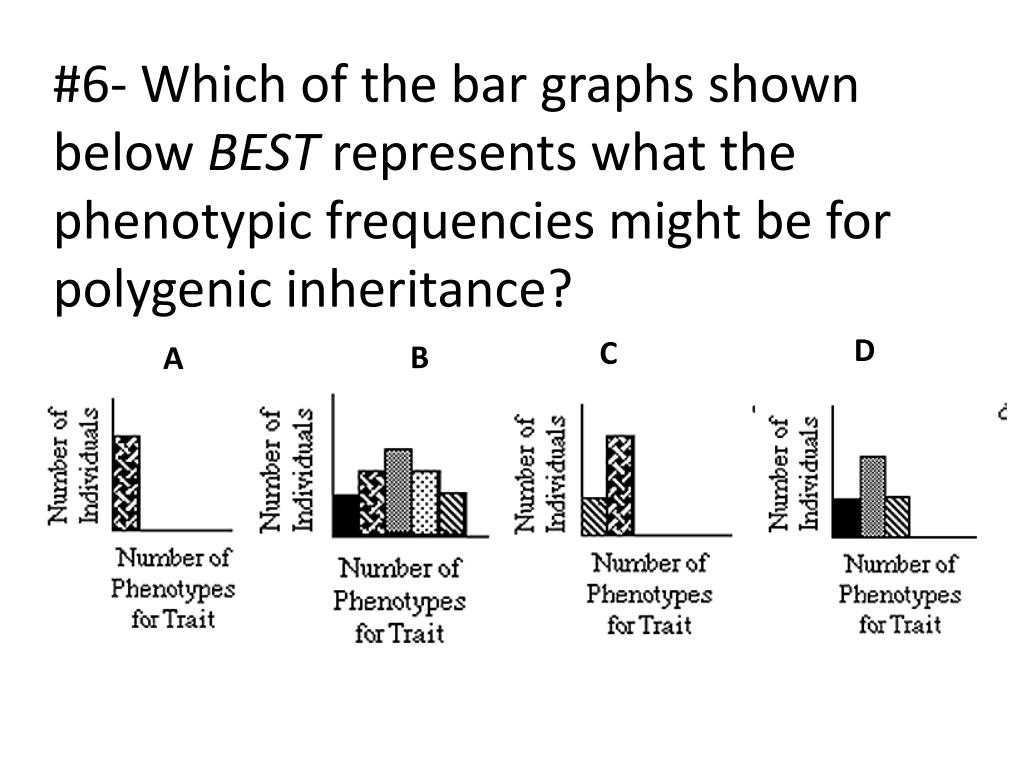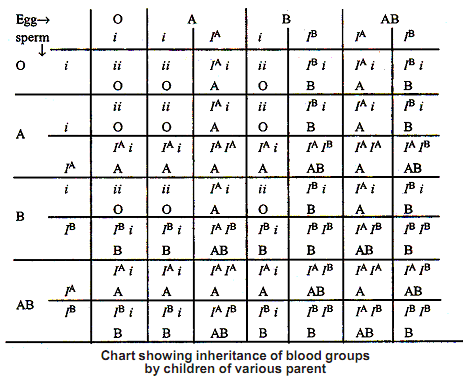
- #Part d assigning genotypes for codominant alleles how to#
- #Part d assigning genotypes for codominant alleles code#
As you get better with R, you might feel that you don"t need it at all.įirst, tell your computer to search R’s library, load the poppr package, and use getfile(): This is simply a tool to help you get started. getfile() will help provide a point and click interface for selecting a file. Importing a file into R involves you knowing the path to your file and then typing that into R’s console. You can find out where this library is by typing. These packages live in a certain place on your computer called an R library.
#Part d assigning genotypes for codominant alleles code#
R is as powerful as it is through a community of people who submit extra code called “packages” to help it do specific things.
#Part d assigning genotypes for codominant alleles how to#
In this section, you will learn how to locate a file, import it to R, and make a first analysis using the poppr() function. You should also know where your R package library is located.

This means that the words “Case” and “case” are different. Before proceeding, you should be aware that R is case sensitive. The author assumes that if you have reached this point in the manual, then you have successfully installed R and poppr. The new features in version 2.0 were published in Frontiers (Zhian N Kamvar, Brooks, and Grünwald 2015). The formal publication for the first version of poppr was published in the journal PeerJ: (Kamvar, Tabima, and Grünwald 2014). # To see these entries in BibTeX format, use 'print(, # analysis of genome-wide population genetic data with emphasis on # Kamvar ZN, Brooks JC and Grünwald NJ (2015) Novel R tools for # genetic analysis of populations with clonal, partially clonal, and/or # version 2.9.3 and with the following citation: # To cite poppr in publications or presentations, please specify poppr These tools allow researchers to define what it means to be a clone lost in a sea of genomic data, generate bootstrapped dendrograms with any genetic distance, and calculate minimum spanning networks with reticulations to reveal the underlying population structure of your clonal data. In version 2.0, tools for genomic data were introduced (Zhian N Kamvar, Brooks, and Grünwald 2015). With poppr you can also quickly calculate Bruvo’s distance, the index of association, and easily determine which multilocus genotypes are shared across populations. Poppr has the ability to bootstrap, clone-censor, and subset data sets. The real power of poppr is in the data manipulation and analytic tools. This means that anything you can analyze in adegenet can be further analyzed with poppr. To avoid creating yet another file format that is specific to a program, poppr was created on the backbone of the popular R package adegenet and can take all the file formats that adegenet can take (Genpop, Genetix, Fstat, and Structure) and newly introduces compatibility with GenAlEx formatted files (exported to CSV).

Poppr allows analysis of haploid and diploid dominant/co-dominant marker data including microsatellites, Single Nucleotide Polymorphisms (SNP), and Amplified Fragment Length Polymorphisms (AFLP).

Poppr is designed to make analysis of populations with mixed reproductive modes more streamlined and user friendly so that the researcher using it can focus on data analysis and interpretation. Furthermore, a typical analysis often involves switching between many programs, and converting data to each specific format. There are several stand-alone programs that can handle these types of data sets, but they are often platform specific and often only accept specific data types. While there are many R packages in CRAN and other repositories with tools for population genetic analyses, few are appropriate for populations with mixed modes of reproduction. Poppr is an R package with convenient functions for analysis of genetic data with mixed modes of reproduction including sexual and clonal reproduction.


 0 kommentar(er)
0 kommentar(er)
